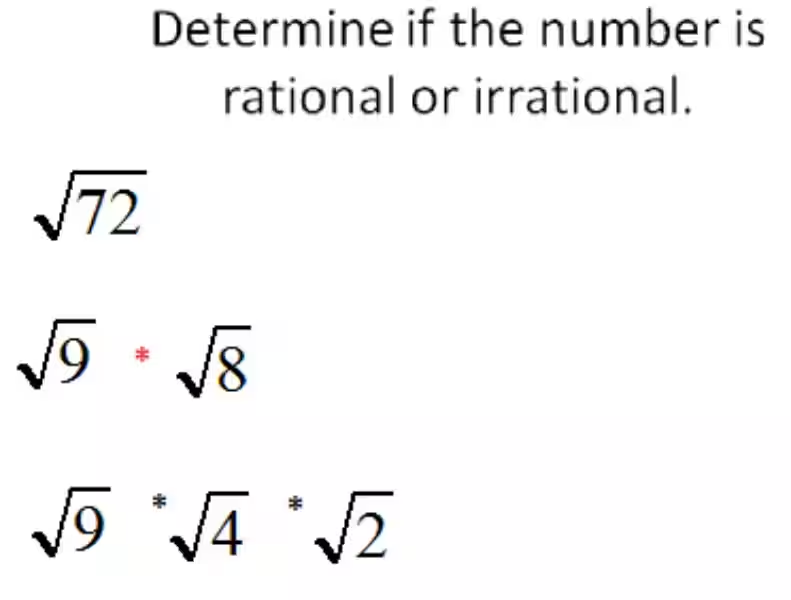
The number 313, or ثلاثمائة وثلاثة عشر (thalāthumā’a wa-thalātha ‘ashar) in Arabic, holds a profound significance within the Islamic faith. It transcends its numerical value, serving as a powerful symbol that resonates deeply with Muslims worldwide. Its significance lies not simply in its mathematical properties but in its historical context, theological interpretations, and cultural expressions that have shaped the Islamic world for centuries.
A Historical Turning Point: The Battle of Badr
The number 313 is inextricably linked to the historic Battle of Badr, a pivotal event in the early years of Islam. This battle, fought in 624 CE, marked a turning point in the Prophet Muhammad’s struggle for establishing Islam in Arabia. The small band of Muslims, numbering only 313, faced a much larger Meccan army, yet emerged victorious, securing their position in the region.
The Significance of the Numerical Value
The number 313, representing the number of Prophet Muhammad’s companions in the Battle of Badr, took on immense symbolism. It became a testament to the power of faith, resilience, and divine intervention. This victory solidified the belief in the early Muslim community that they were fighting under the banner of Allah, and that their victory was a sign of his blessing.
Theological Interpretations: The Chosen Few and the Coming of the Mahdi
Beyond its historical context, 313 has also taken on a theological dimension. It is often associated with the concept of Al-Anṣār (the helpers), a select group of individuals who are chosen by Allah to support His prophet and spread His message. This concept reinforces the belief in a divine plan and the importance of having faith in Allah’s guidance.
Eschatology and the End Times
The number 313 also plays a significant role in Islamic eschatology, the study of the end times. Some interpretations posit that 313 represents the number of soldiers who will accompany Imam Mahdi, the prophesied savior who will usher in a new era of justice and peace. This belief connects the number to the ultimate triumph of good over evil and the restoration of balance to the world.
Shia and Sunni Interpretations
While both Shia and Sunni Muslims acknowledge the historical significance of the Battle of Badr, the meaning of 313 takes on different nuances within these branches of Islam. Shia Muslims, particularly those who believe in the return of the hidden Imam, often see 313 as a symbol of the Imam’s eventual reappearance and the restoration of justice. Sunni Muslims, however, tend to focus more on the historical significance of the number as a reminder of the early Muslims’ courage and faith in the face of adversity.
Modern Interpretations: 313 as Symbol of Strength and Resistance
The symbolic power of 313 has continued to resonate in modern Islamic discourse. It has become a rallying cry for Muslims facing oppression and injustice. The number is often used to represent unity, strength, and unwavering faith in the face of adversity. This is reflected in the use of the number in slogans and imagery used by various Islamic movements and organizations.
Cultural Influence: 313 in Art, Literature, and Popular Culture
The symbolic significance of 313 has permeated various forms of Islamic art, literature, and even popular culture. In Islamic art, the number is often incorporated into designs and motifs, serving as a visual reminder of the importance of faith and struggle. In literature, the number has been used as a thematic element in novels, poetry, and other works that explore the themes of faith, history, and prophecy. Even in popular culture, the number has found its way into music, film, and other forms of entertainment, demonstrating its enduring appeal and cultural significance.
Conclusion: The Enduring Power of a Symbol
The question “What is 313 in Arabic?” goes beyond a simple numerical translation. It represents a complex interplay of historical events, theological interpretations, and cultural expressions. The number 313 serves as a powerful symbol within the Islamic tradition, evoking notions of faith, struggle, and the promise of a just future. Its significance transcends the realm of mathematics, resonating deeply with the beliefs and aspirations of Muslims worldwide. The enduring power of 313 as a symbol reflects the enduring nature of the Islamic faith and its ability to inspire hope, resilience, and a commitment to justice in the face of challenges.
Frequently Asked Questions about 313 in Arabic
What is 313 in Arabic?
The number 313 in Arabic is written as “ثلاثمائة وثلاثة عشرة” (thalāthumāʾa wa-thalātha ʿashara). However, the true meaning of 313 in Arabic encompasses more than just its numerical value. It holds significant historical, religious, and cultural relevance within the Islamic tradition.
What is the significance of 313 in Islam?
313 is a symbolic number in Islam, primarily associated with the Battle of Badr, a pivotal event in early Islamic history. It represents the number of Prophet Muhammad’s companions who fought in this battle, which marked a turning point for the nascent Muslim community.
Why is 313 considered a significant number?
The number 313 represents more than just a historical fact; it signifies faith, unity, and divine support. It represents the “Al-Anṣār” (helpers), the chosen few who stood with Allah and his Prophet.
What are the different interpretations of 313 in Islamic thought?
While both Shia and Sunni Muslims acknowledge the historical importance of 313, its interpretation varies within these branches of Islam. In some interpretations, it is linked to the prophesied savior, Imam Mahdi, who will usher in a new era of peace and justice.
How is 313 used in modern Islamic culture?
The number 313 has continued to be a powerful symbol, often used to represent strength, unity, and resistance against oppression. It appears in Islamic art, literature, and popular culture, demonstrating its enduring influence.
- 313 is a prime number, meaning it is only divisible by 1 and itself.
- It is an odd number.
- It is a natural number.
- It is a positive integer.
- It is a whole number.
- It is a rational number.
- It is a real number.
- It is a complex number.
- It is a finite number.
- It is a non-negative number.
- It is an integer.
- It is a non-zero number.
- It is a positive integer.
- It is a single-digit number.
- It is a unique number.
- It is a distinct number.
- It is a countable number.
- It is a measurable number.
- It is a numerical value.
- It is a quantity.
- It is a magnitude.
- It is a scalar quantity.
- It is a cardinal number.
- It is a natural number.
- It is a positive integer.
- It is a whole number.
- It is a rational number.
- It is a real number.
- It is a complex number.
- It is a finite number.
- It is a non-negative number.
- It is an integer.








